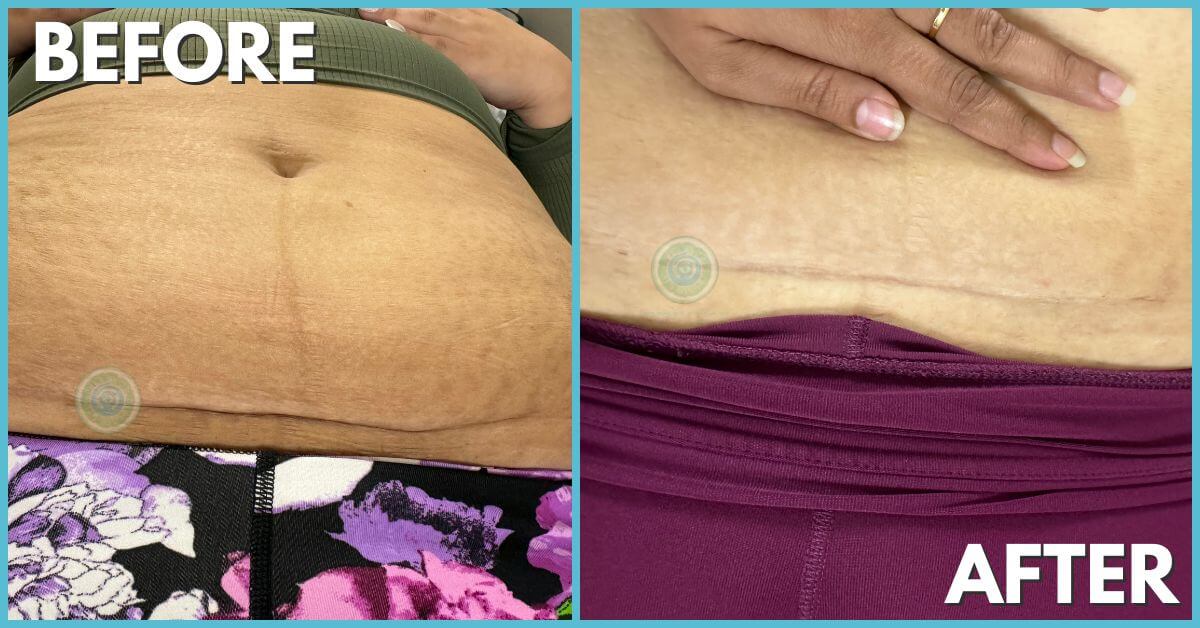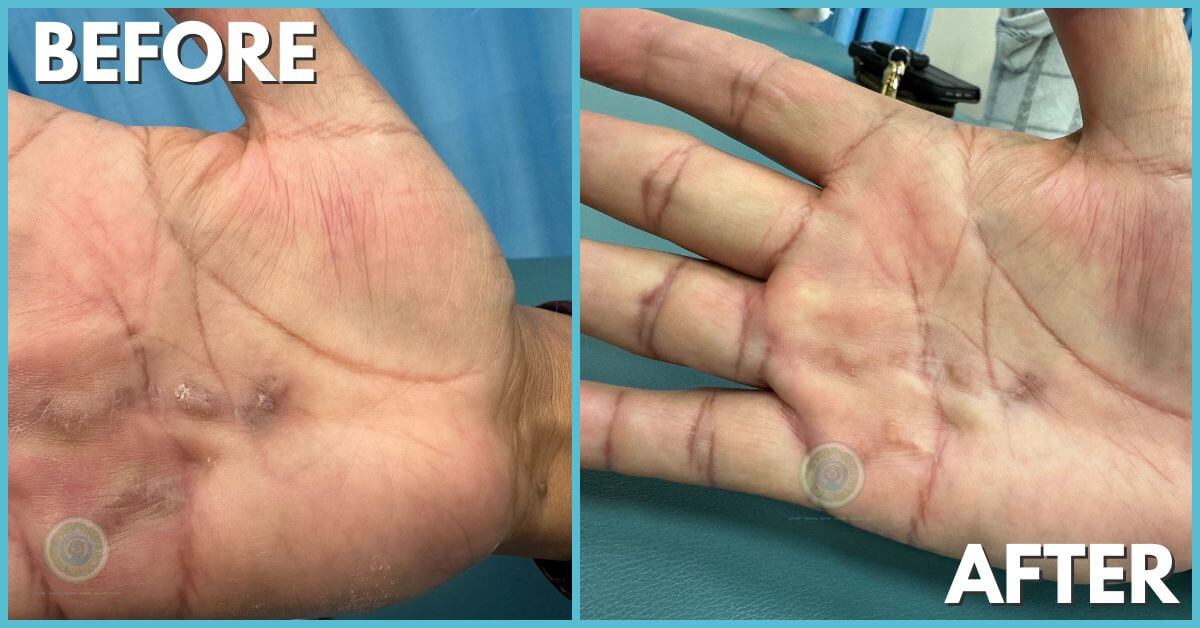
Surgery is a transformative process that can lead to healing and improved health. However, it often leaves behind visible reminders in the form of scars. These scars not only affect our appearance but can also impact our body’s functions and overall well-being. At Sure Cure Physical Therapy, we understand the challenges posed by post-surgical scars and are dedicated to providing effective solutions for minimizing their visibility and mitigating their effects on the body.
Understanding Post-Surgical Scars
Post-surgical scars are an inevitable outcome of any surgical procedure. When the skin is cut during surgery, scars are formed as a natural part of the healing process. These scars can vary in appearance, from lumpy and thick to red and hyperpigmented. Factors such as the size of the wound, age, overall health, and genetic predisposition influence how scars develop and heal over time.
Numbness around the scar is also common due to nerve division during the incision process. While nerve regeneration may occur over time, scar numbness can persist for several months.
Key Factors Influencing Wound Healing:
Optimizing nutrition prior to surgery is crucial for facilitating the body’s readiness to endure the treatment and recovery phase effectively.
- Age: Older individuals may experience prolonged healing due to decreased collagen levels in the skin.
- Weight: Obesity can hinder blood flow to adipose tissue, leading to delayed healing. Addressing weight concerns before surgery is advisable to minimize associated risks.
- Chronic Conditions: Diseases like diabetes, cancer, and lymphedema can impede wound healing processes.
- Smoking: Tobacco smoke diminishes oxygen supply to wounds, prolonging healing time and increasing infection risks. Seeking support to quit smoking is recommended.

At Sure Cure, we combine the use of Dolphin MPS and Shockwave techniques to address various scar types effectively.
Shockwaves, utilizing distinct acoustic pressure waves, bolster healing in areas with compromised blood flow and deteriorating connective tissue, such as upper arms, abdomen, buttocks, and thighs, through AWT.
The Center For Pain & Stress Research (CPSR) has developed Scar Release Therapy (SRT) utilizing Dolphin MPS, a clinically proven method to mitigate scar-related issues. SRT employs Microcurrent Point Stimulation (MPS) to enhance protein synthesis, intercellular metabolism, and healing mechanisms, promoting skin regeneration.
Studies at the Bard Diagnostic Center reveal that microcurrent therapy effectively reduces scar size by 24% in just one session, showcasing its potential in scar management.

Tips for Scar Reduction Post-Surgery:
- Gentle Cleansing: Use mild soap and water to clean the wound. Avoid hydrogen peroxide as it can aggravate skin damage.
- Keep the Wound Moist: Apply petroleum jelly or a similar ointment as the wound heals. Larger wounds may require specific coverings like Duoderm®. Seek guidance from your wound care specialist for detailed instructions.
- Regular Bandage Changes: Follow your doctor’s recommendations for changing bandages daily or as needed. Opt for paper tape and non-adhesive bandages for skin application.
- Sun Protection: Shield newly healed scars from sunlight for six to twelve months. Use broad-spectrum sunscreen with SPF 30 or higher to prevent discoloration, as scars are highly sensitive to UV rays.
- Nutritious Diet: Enhance healing by consuming a balanced diet rich in iron, zinc, and vitamin C. Iron sources include tofu, beans, leafy greens, pumpkin seeds, beef, and turkey. Zinc-rich foods include eggs, kidney beans, shrimp, garlic, spinach, and beans. Vitamin C sources include broccoli, kale, strawberries, kiwi, and red peppers.
- Gentle Exercise: Avoid strenuous activities that may strain sutures during the initial week post-surgery. Your physical therapist can design workouts to aid healing without excessive stress on wounds. After seven to ten days, incorporate myofascial release exercises and scar stretching to prevent contractures and fibrotic scar formation.
Reference